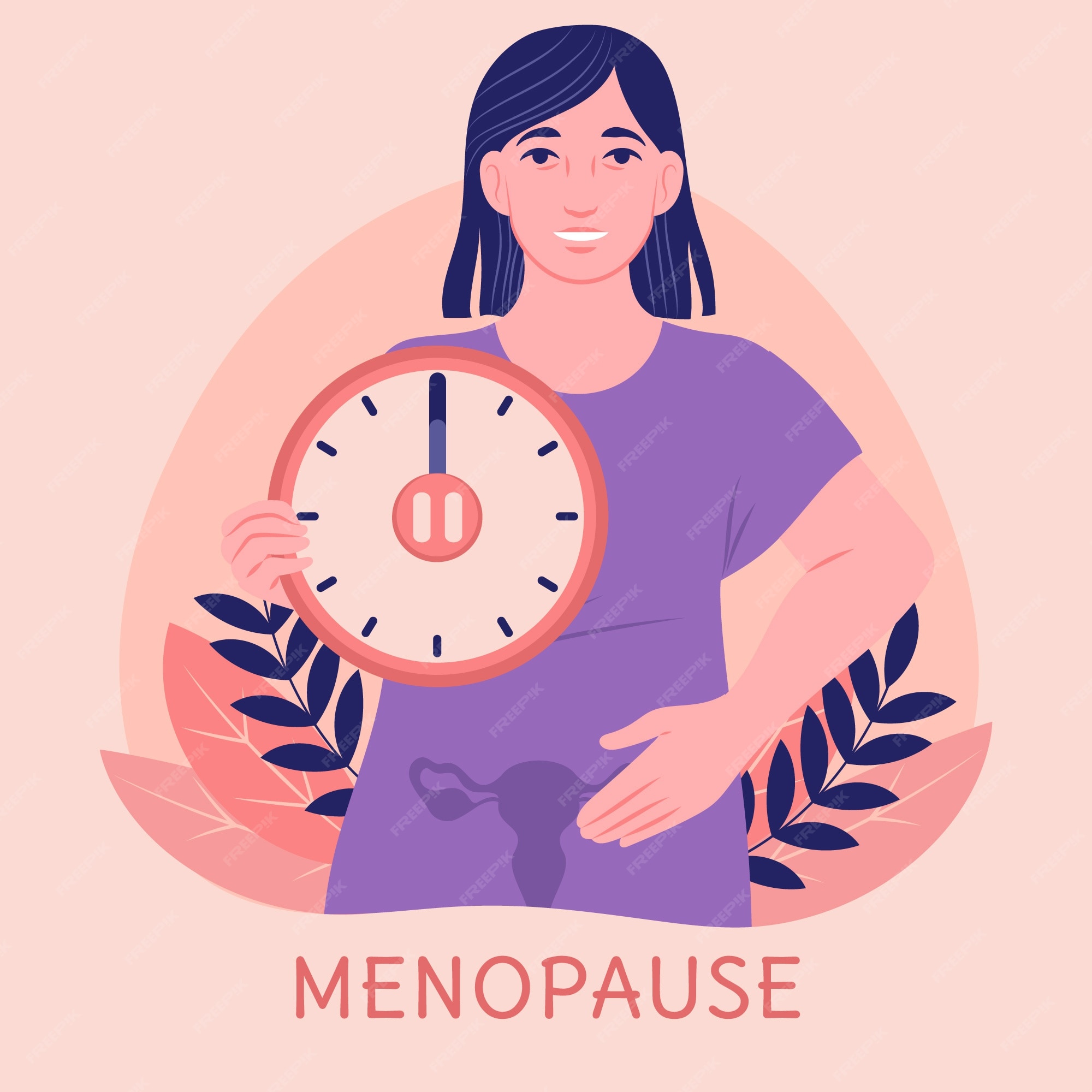Back
Menopause and Joint Pain
By Dr. Christine Martirez PT, DPT on 4/15/2024

Menopause marks a significant transition in a woman's life, bringing about hormonal changes that can lead to a variety of symptoms, including joint pain. In this blog post, we explore the effects of menopause-related joint pain on the pelvic floor and how pelvic floor physical therapy can offer relief and support during this transformative phase.
Understanding Menopause and Joint Pain
Menopause and Hormonal Changes:
Menopause is a natural biological process that occurs when a woman's menstrual cycles cease, typically around the age of 45 to 55. During menopause, there is a decline in estrogen and progesterone levels, which can contribute to joint pain and stiffness.Common Joint Symptoms:
Women experiencing menopause-related joint pain may notice symptoms such as stiffness, swelling, reduced range of motion, and increased susceptibility to conditions like osteoarthritis or rheumatoid arthritis.Impact on the Pelvic Floor
Connection Between Joints and Pelvic Floor
The pelvic floor muscles provide support to the pelvic organs, maintain continence, and play a role in sexual function. Changes in joint mobility and stability due to menopause-related joint pain can indirectly affect the pelvic floor.Pelvic Floor Dysfunction
Joint pain and stiffness can alter movement patterns and posture, leading to compensatory mechanisms that place additional strain on the pelvic floor muscles. This can contribute to pelvic floor dysfunction, including pelvic organ prolapse, urinary incontinence, and pelvic pain.How Pelvic Floor Physical Therapy Can Help
Comprehensive Evaluation
Pelvic floor physical therapists conduct a thorough assessment to identify specific pelvic floor issues related to menopause and joint pain. This may include evaluating muscle strength, flexibility, and coordination.Tailored Treatment Plan
Based on the assessment findings, therapists develop personalized treatment plans that address joint mobility, pelvic floor function, and overall well-being. Treatment modalities may include:Pelvic Floor Exercises:
Strengthening and relaxation techniques to improve pelvic floor muscle function. This can include pelvic floor specific exercises in addition to surrounding muscular support through the hips, low back, and mid back.
Manual Therapy:
Hands-on techniques to release tension and improve joint mobility.
Postural and Movement Education:
Guidance on optimizing posture and movement patterns to reduce strain on the pelvic floor.
Lifestyle Recommendations:
Advice on nutrition, hydration, and stress management to support overall pelvic health.
Menopause-related joint pain can have a significant impact on pelvic floor health, affecting mobility, stability, and function. Pelvic floor physical therapy offers a holistic approach to addressing pelvic floor issues associated with menopause, providing targeted interventions to improve muscle function, reduce pain, and enhance overall well-being. By prioritizing pelvic floor health during menopause, women can navigate this transformative phase with confidence and vitality. Remember, seeking professional guidance from a pelvic floor physical therapist is a proactive step towards optimizing pelvic health and enjoying a fulfilling life during and after menopause.
Going through menopause? Reach out to us at Pelvic Health Center in Madison, NJ to set up an evaluation and treatment! Feel free to call us at 908-443-9880 or email us at receptionmadison@pelvichealthnj.com.
Read More:
Exercise to reduce pelvic floor dysfunction associated with childbirth?? By Amalie Malka Flamm on 7/25/2024 What exercises can help reduce pelvic floor dysfunction associated with childbirth? Why does my taint hurt (male)? By Shannon Strauch, PTA, STMT-1 on 7/24/2024 Where is your perineum, what is it's function, and why do you have pain?
Are you ready to live pain free?
Request An Appointment